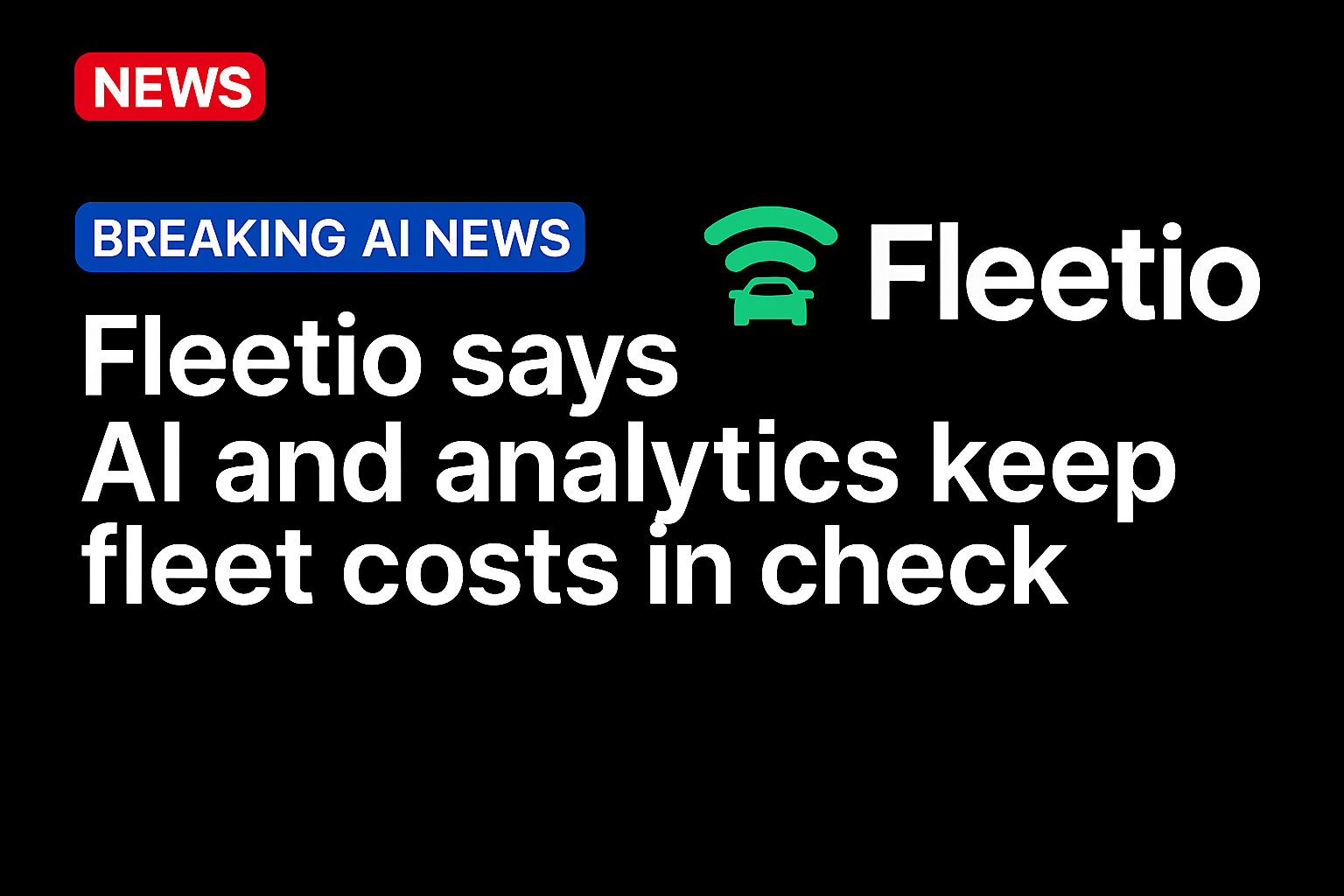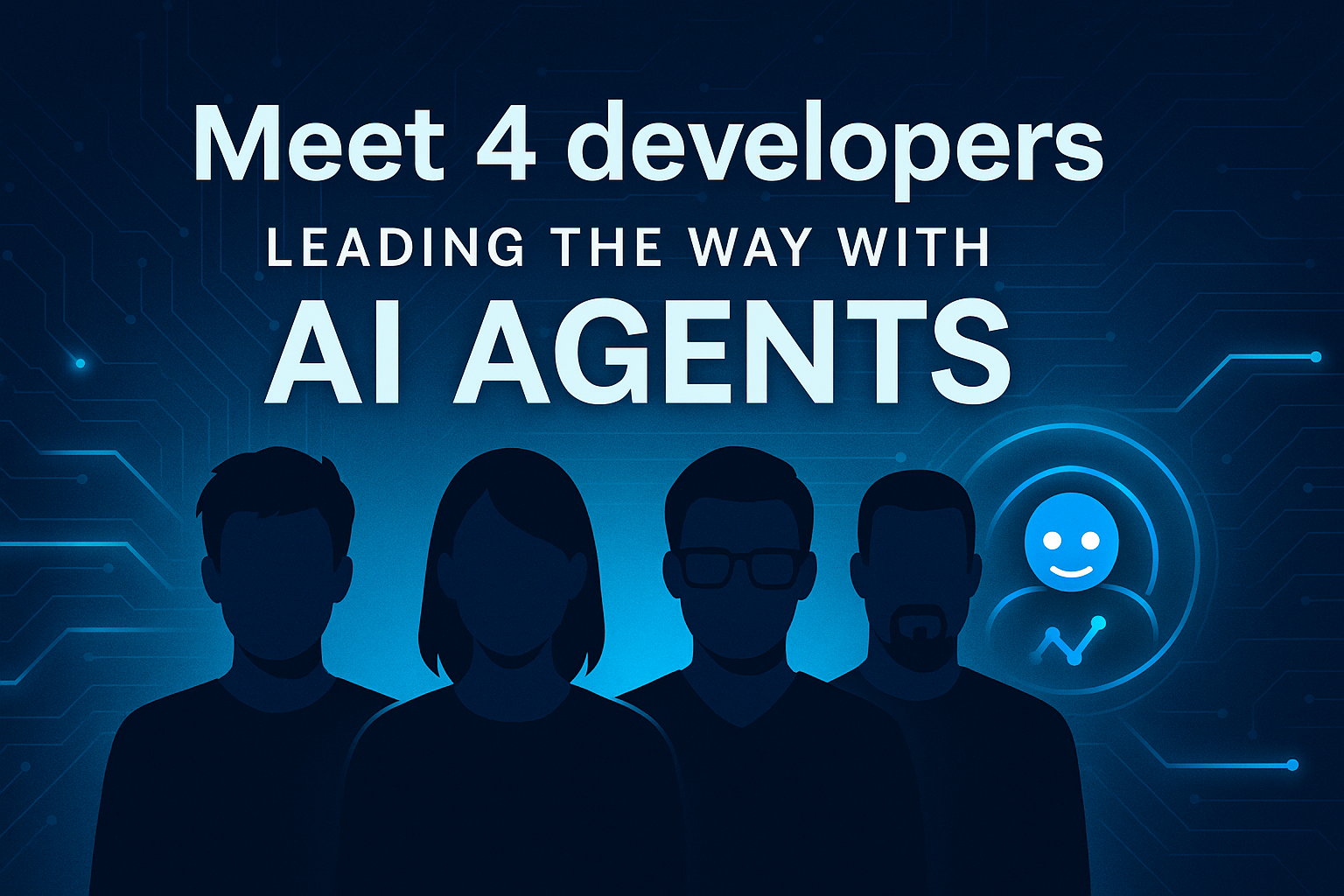Today’s fleet-based businesses are navigating both changing seas and seas of change.
And they are being forced to operate smarter to manage.
“The adage that you have to spend money to make money is especially true for fleet-based businesses,” Stefano Daneri, fleet ecosystem strategist at Fleetio, told PYMNTS. “When vehicles and equipment and personnel are your revenue engines, every dollar has to be spent really strategically.”
Whether in logistics, construction, utilities, or public service, these firms increasingly discovering that, against a backdrop of uncertainty, the very definition of effective fleet management has been upended.
“Costs are up across the board,” Daneri added. “Parts and labor, for example, are more than 10% year over year increase. And that’s from filters down to transmissions and everything that goes into rebuilding engines.”
Advertisement: Scroll to Continue
With vehicles harder to replace, fleets are keeping them longer, which introduces a hidden cost: downtime. The dilemma is clear: extending asset life saves capital but risks productivity. Breaking the cycle requires better visibility into where and how money is being spent, and how each piece of equipment performs over time.
“Traditional fleet management is reactive by nature,” Daneri explained. “But industry data shows that 70% of breakdowns are actually preventable with proper preventative maintenance.”
That’s where technological innovations like artificial intelligence and real-time data are stepping in to increasingly transform the fleet management game.
Data’s Big Moment is Making Machines Talk
Fleet management was once a paper-and-spreadsheet discipline. Now, every vehicle is a rolling data center.
“Most new vehicles today are coming connected with embedded telematics,” says Daneri. “You have anything from a heated seat to seat belt sensors, and that wasn’t the case five or ten years ago.”
“In some cases, we have 17 million pages of data in an hour that can get created from a single vehicle,” he added.
But the goal isn’t more data, it’s smarter data. That means, whether dispatching vehicles for disaster response or managing a delivery fleet, that AI has become the essential filter.
“With AI, you’re able to scale, you’re able to automate at a lot faster pace, and those decisions can really make the difference for fleet teams,” Daneri said. “You’re not just overwhelming teams with information. You’re actually giving them a solution to take action.”
Even in a world of predictive analytics, success still comes down to a few clear KPIs. Those include maintenance cost per mile or hour, planned versus unplanned maintenance, and preventative maintenance compliance — where high-performing fleets aim for 90–95%.
“The most common metrics we hear from fleets are related to the financial side of things,” Daneri said, noting that asset utilization is another crucial gauge.
“When these vehicles and equipment are revenue generators, the more you’re maximizing uptime, the more you’re making these assets available to work,” he explained. “You have fewer expenses that are negative spend.”
Still, at the end of the day, fleet management success is less about cost reduction than value creation. It’s about ensuring every vehicle, technician, and dollar is pulling in the same direction.
The Next Turn Will Be Balancing Tech and Talent
Technology’s real promise lies in connecting people. Historically, frontline technicians and back-office teams have operated in silos. Modern systems are closing that gap.
“At their best, these systems are aligning the frontline teams with the back-office teams,” Daneri said. “Because fleets are mobile by nature, things are happening all of the time… The best systems are helping bring together isolated teams.”
For technicians, that means access to diagnostic data that helps them plan their day and troubleshoot issues in real time. For finance teams, it means visibility.
“You’re giving your CFOs and controllers that true cost per mile or per hour for every single asset,” Daneri said. “There’s really no hiding the information you need to share to help control downtime.”
Looking ahead, Daneri envisions a dual focus: smarter machines and stronger people.
“There’s going to be a balance of technology and people,” he said. “When you work in an industry where you need trades professionals working on vehicles and equipment, you really need the balance.”
Manufacturers are embedding telematics in every machine, and AI is pushing insights from descriptive to predictive. “You won’t just see what you spent,” Daneri said. “You’ll be able to calculate that more accurately around downtime and the preventable side of things on life cycles.”
But data alone isn’t enough. “Fleets will need to invest in the skills and partnerships to act on the data,” he cautioned. “It’s one thing to get the data in, but it’s another to collaborate with vendors and strategic partners to help improve your operation.”
And amid the digital transformation, human connection remains central. “As much as we operate in the technology space,” Daneri concluded, “the fleet industry is still rooted in relationships — one-to-one interactions between individuals. And that investment will only continue from here on out.”
Source: https://www.pymnts.com/




